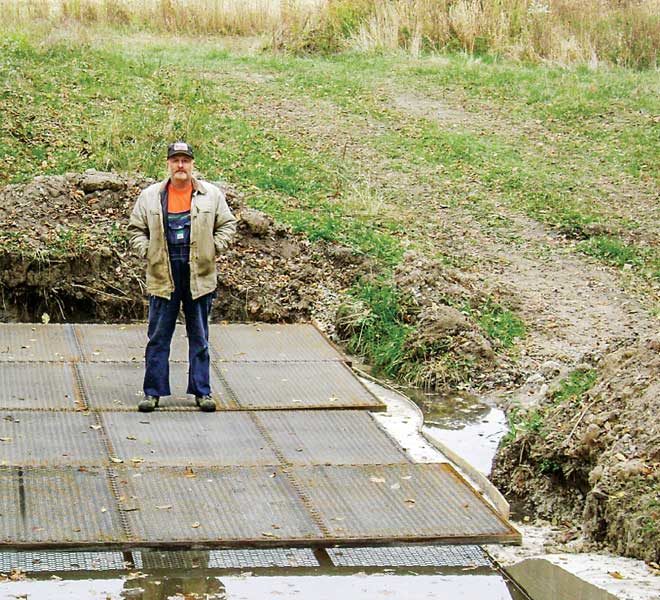No-Till Farmer
Get full access NOW to the most comprehensive, powerful and easy-to-use online resource for no-tillage practices. Just one good idea will pay for your subscription hundreds of times over.

An interest in conservation hit Dwight Clary early in life. When he was 13 years old, one of his 4H projects won a County Conservation Award. The prize? A week at Conservation Camp.
That was when he learned about a new practice called “no-till.”
“They took us to this no-till field and explained it all to us and what they knew at the time. And of course, me being a young person with a clean slate, I absorbed all that in and thought, ‘Well, that really makes sense,’” he recalls.
It left an impression. While he originally started out in conventional tillage, since 1982 Dwight and his wife, Lisa, have been no-tilling, and 100% of their 1,000-acre corn, soybean and winter-wheat operation is no-tilled.
Located in Fostoria, Ohio, about 50 miles from western Lake Erie, the Clarys have combined no-till with cover crops and an in-stream sediment collector to get the most out of their farm ground while protecting the local environment.
At the National No-Tillage Conference last January, Dwight shared the lessons they’ve learned from 35 years of no-tilling, and what no-tillers need to consider to be successful.
Dwight has learned over the years that if there’s a problem, no-till isn’t to blame.
“I’ve had…